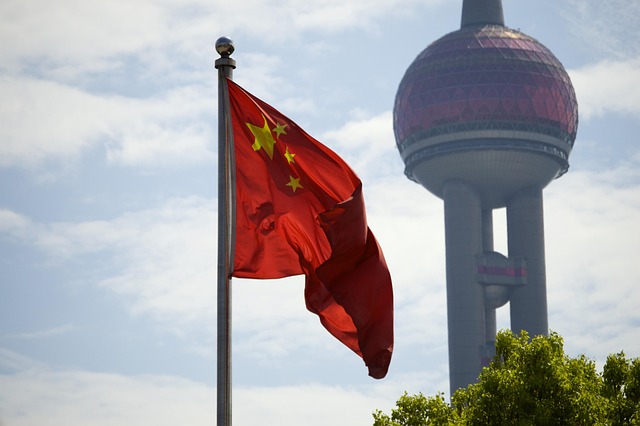Now, the global scientific landscape stands at a critical turning point. A new study published in the Proceedings of the National Academy of Sciences (PNAS) has revealed that, in 2023, Chinese scientists took the lead in nearly half of all joint research collaborations with their American counterparts. This marks a historic milestone that highlights Beijing’s growing influence — and its increasing role in shaping the world’s research agenda.
Traditional measures of scientific success — such as Nobel Prizes or sheer publication numbers — are no longer sufficient to capture true research dominance. The PNAS analysis of around six million papers found that Chinese researchers led 45% of US–China collaborations in 2023, up from just 30% in 2010. If this trajectory continues, China is projected to reach parity with the United States in key strategic fields — including artificial intelligence, semiconductors, and materials science — by 2027 or 2028.
++ The peregrine falcon: nature’s fastest killer in the sky
China also leads the world in scientific output. According to the G20 Research and Innovation Report, the country produces nearly 900,000 scientific papers annually — triple the number published in 2015. In the Nature Index, which tracks the 150 most influential scientific journals, China has already surpassed the United States. Of the world’s top ten research institutions ranked by Nature, seven are now Chinese; Harvard University still holds first place, but positions two through nine are dominated by Chinese universities, with MIT rounding out the top ten.
China’s success is no accident. Massive investment in science and technology has made research a central pillar of its national development strategy. The government has actively promoted international collaboration, encouraging Chinese students and scientists to work abroad while maintaining strong ties to institutions at home.
Through initiatives such as the Belt and Road Initiative (BRI), Beijing has used education and technology diplomacy to attract global talent and forge international networks. According to the PNAS study, “science diplomacy” has become a deliberate tool of influence, designed to strengthen China’s position in global research.
China’s state-led model allows for remarkable speed and coordination, particularly in engineering, materials science, physics and chemistry — fields where citation rates and measurable results matter most. However, strict central control can also stifle creativity. Innovation, by nature, thrives on independence and risk-taking — qualities more commonly found in the decentralised, market-driven systems of the United States.
This difference remains one of the West’s enduring advantages, even as China closes the gap. Yet geopolitical tensions are making collaboration increasingly difficult. Both the United States and Europe now regard China as a strategic rival, and global scientific partnerships are suffering as a result.
Artificial intelligence is perhaps the most visible front in this competition. While the United States retains a narrow lead, China is advancing rapidly. The emergence of models such as DeepSeek demonstrates how swiftly — and affordably — Chinese technologies can reach the market. Harvard remains a leader in AI innovation, but Chinese academies are catching up fast, filing the majority of new AI-related patents worldwide. European institutions, meanwhile, trail behind both superpowers.
China’s rise coincides with a period of turbulence in Western research. In the United States, political polarisation, funding cuts, and talent migration have weakened the system. Budget reductions under former president Donald Trump and escalating US–China tensions have further discouraged collaboration.
++ Power and finesse: the monkey that bites like a jaguar
Europe, for its part, could benefit from attracting displaced researchers from the US and elsewhere. Yet its own progress is often hampered by bureaucratic constraints, fragmented national interests, and uneven investment across the continent.
China’s continued ascent is reshaping the global order — economically, politically and intellectually. It now plays a decisive role in setting the global research agenda, while the West risks falling behind in the race for future-defining technologies.
Collaboration with Chinese institutions could help Europe and the US remain competitive, but it also raises questions about transparency, ethics and security. How China responds to the increasing fragmentation of global science will determine whether this new order fosters cooperation or division. Europe still has one powerful advantage: diversity. Its mosaic of languages, cultures and academic traditions can foster innovation through collaboration — if managed effectively.
The European Research Area (ERA) report suggests that by pooling resources and strengthening cooperation, Europe could position itself as a scientific powerhouse capable of competing with both China and the US on equal footing. Sir Francis Bacon’s maxim remains timeless: knowledge is power. The question for Europe — and indeed for the world — is how that power will be shared in the decades to come.





